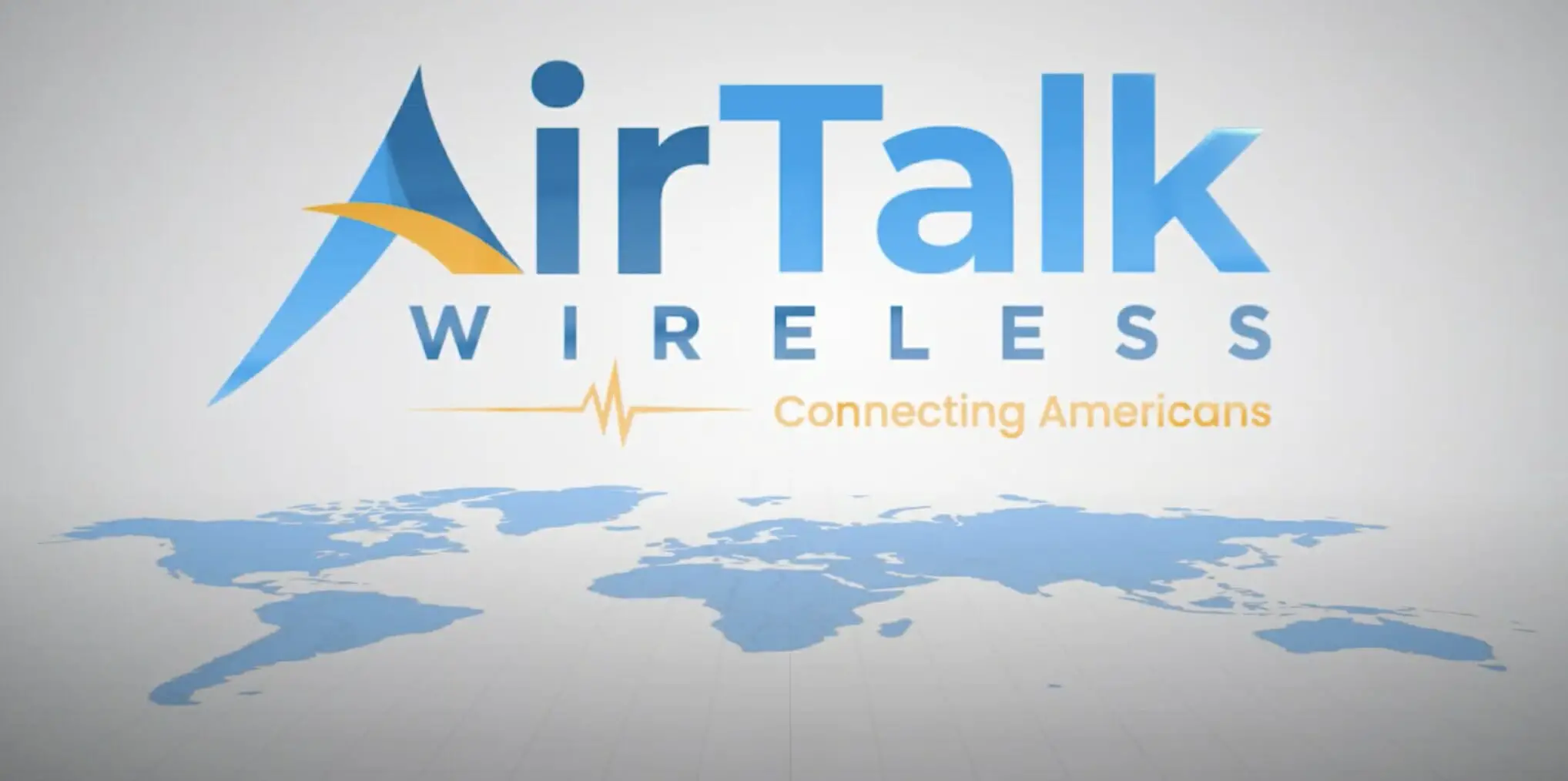AirTalk Wireless is part of the Lifeline & Affordable Connectivity Programs that offer eligible customers free smartphones and monthly cell phone service. But, when it comes to networks, what are they using?
AirTalk Wireless operates on AT&T’s network, the country’s second-largest 4G LTE and 5G coverage provider. As an MVNO, AirTalk uses GSM technology for its services, supporting smartphones and tablets from various brands like Apple, Motorola, and Samsung. They offer eligible Lifeline & ACP Program individuals free mobile devices and plans.
In the following article, you’ll learn more about AirTalk Wireless and the services they bring to the table.
AirTalk Wireless Overview
| Key Information | Details |
|---|---|
| Network Provider | AT&T |
| Carrier | GSM |
| Programs | Lifeline & Affordable Connectivity Programs |
| Status | AirVoice; Eligible Telecommunications Carrier (ETC) |
| Supported Devices | Smartphones (Apple, Motorola, Samsung, Google Pixel, etc.), Tablets (Likely Apple, Samsung, LG, etc.) |
| Additional Services | Free mobile devices and plans for individuals who qualify for the Lifeline & ACP Program, BYOD (Bring Your Own Device) support |
What Network Does Airtalk Wireless Use

MVNO
If you’re unfamiliar with the term, MVNO stands for Mobile Virtual Network Operator. This means that AirTalk Wireless doesn’t have its network infrastructure but rather partners with one of the major carriers to provide customer coverage.
Interestingly, they are an Eligible Telecommunications Carrier (ETC) and provide free mobile devices and plans for individuals who qualify for the Lifeline & ACP Program.
Network Partnerships
Now, let’s dive into the specifics of their network partnerships. AirTalk Wireless is partnered with AT&T.
AT&T is one of the top three largest carriers in the United States. It’s the proud provider of the country’s second-largest 4G LTE coverage and the second-largest 5G coverage. This means that people using AirTalk Wireless can rest assured knowing a strong and reliable network backs them.
Let me tell you why partnering with acclaimed carriers like AT&T is an ace move. It’s simple – these renowned carriers possess robust networking infrastructure and extensive coverage maps, which translates to impressive performance for AirTalk subscribers.
Moreover, it eliminates the need for AirTalk to establish its costly infrastructure. So, if you’re looking for an MVNO with a reliable network partner like AT&T, look no further than AirTalk Wireless.
Supported Devices and Brands
| Category | Supported Devices and Brands | Additional Information |
|---|---|---|
| Smartphones | Apple, Motorola, Samsung, Google Pixel, etc. | AirTalk Wireless offers over 170 free phones under the Unlimited Free ACP Lifeline Combo plan. They also support BYOD (Bring Your Own Device). |
| Tablets | Likely Apple, Samsung, LG, etc. | Although not explicitly mentioned, based on the services provided by their parent company, AirVoice Wireless, it’s assumed that popular brands will be supported for tablets as well. AirVoice uses AT&T’s nationwide 4G and 5G networks. |
Does Airtalk Wireless Use GSM or CDMA

You might wonder if AirTalk Wireless uses GSM or CDMA technology for its services. Well, AirTalk Wireless operates on GSM technology. It is powered by AirVoice, an Eligible Telecommunications Carrier (ETC) offering Lifeline and Affordable Connectivity Program services.
Why does this matter? Well, GSM is a popular mobile communication standard in many parts of the world. This means you’ll likely have a better chance of having your phone work with AirTalk if it already uses GSM technology.
And since GSM is compatible with AT&T and T-Mobile networks, you’re in good hands regarding coverage and service quality.
But what does this mean for you as a user? You’ll enjoy benefits like seamless network switching and international roaming with compatible devices when using a GSM network.
Plus, since SIM cards are interchangeable in GSM devices, you can easily switch between phones or carriers by swapping your SIM card.
AT&T Network’s Estimated Data Speeds by Region

| Region | 4G LTE Average Speed (Mbps) | 5G Average Speed (Mbps) |
|---|---|---|
| Northeast | 40 Mbps | 200 Mbps |
| Midwest | 35 Mbps | 180 Mbps |
| South | 45 Mbps | 220 Mbps |
| West | 50 Mbps | 240 Mbps |
Please note that the data speeds provided below are estimates and may not reflect the actual data speeds you may experience.
That said, the actual data speeds experienced by AT&T Network users may vary depending on various factors such as the specific plan subscribed to, the type of internet connection (e.g., DSL, fiber, wireless), network congestion, device capabilities, and location-specific conditions.
References
Organizations:
- National Lifeline Association (NaLA). https://www.nalalifeline.org/
Website Resources:
- AirTalk Wireless. https://airtalkwireless.com/
- AT&T Official Website. https://www.att.com/
- Lifeline Support. https://www.lifelinesupport.org/
Video Reference
AirTalk Wireless

